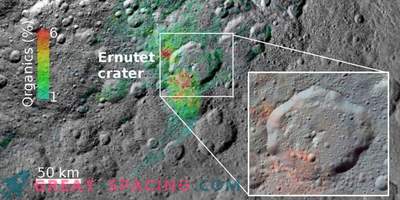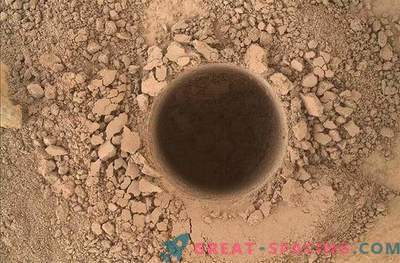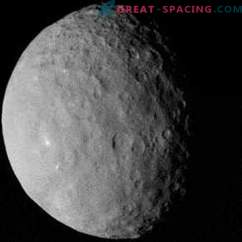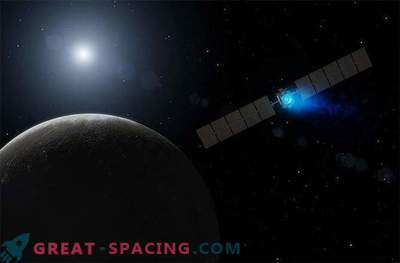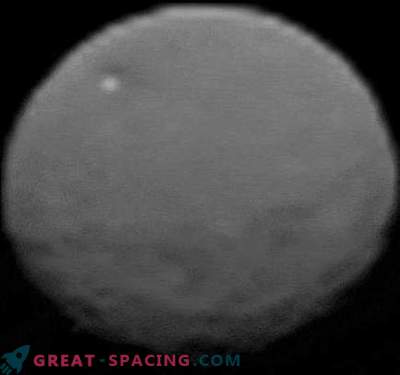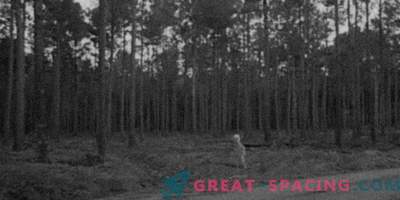NASA's Dawn (Dawn) mission found tar-like organic compounds on the surface of a dwarf planet. This raises the prospect that there can be life on a larger body in the asteroid belt.
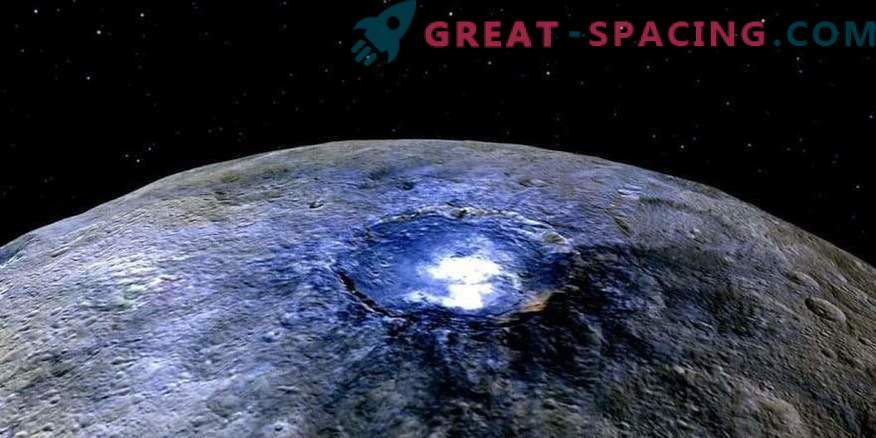
Wrong view of Ceres and its crater Occator. Organic was found not far from another crater - Ernutet.
Scientists are looking for life outside the Earth, and the new goal is relatively close.
The dwarf planet Ceres, rotating in the main asteroid belt between Mars and Jupiter, has organic compounds on its surface. The discovery was made by NASA’s Dawn orbiter, confirming previous findings that an object 590 miles wide could have an ocean beneath a frozen surface.
“There are assumptions about the subsurface ocean, as is the case with Europe or Enceladus,” says planetary scientist Michael Kuppers from the European Space Center for Astronomy in Madrid.
Europe (moon of Jupiter) and Enceladus (satellite of Saturn) are two main goals in search of extraterrestrial life.
“I think it’s worth adding Ceres to this list,” said Kuppers. “Besides the distance, the radiation situation looks even more favorable than, for example, in Europe.” Dawn lead scientist Christopher Russell of the University of California at Los Angeles said that Ceres should be studied further, but noted that these organic molecules are “far from microbial life.”
“Ceres should be a relatively easy target to land, and have a benign environment, compared to bodies further down the solar system,” said Russell. “We could conduct a small chemical laboratory at Ceres and analyze its soil and exosphere.”
Data from the Dawn visible and near-infrared spectrometer showed that the organic material resembles resinous compounds like kerite and asphaltite. This is evidenced by leading researcher Maria Cristina De Sanctis from the National Institute of Astrophysics in Rome, Italy.
The following analysis showed that this organic matter belongs to the planet and, most likely, is formed by hydrothermal activity under the surface.
“These compounds were hardly created by an external source from the impact, because too much heating would destroy these types of compounds,” the study says.
The location of the organics also casts doubt on the theory with the asteroid or comet. Scientists found it in two sites, including on the edge of the crater. “The simplest explanation is that they are produced inside Ceres,” says Russell.
The situation with the discovery of organic matter on Ceres, rotating almost three times farther from Sun than Earth, shows that the building blocks for life were present from the very beginning of Solar System about 4.6 billion years ago.
“If we consider Ceres to be a typical planet-optimal between about 3 million years ago, this discovery indicates that the source material in our system contains the basic elements for life,” Russell believes. “Ceres probably could have supported this process so far. Perhaps the bodies between Earth and Ceres are the same as those of Europe and Mars. And this allows us to fill in the gaps in our understanding of the very beginning of life. ”

